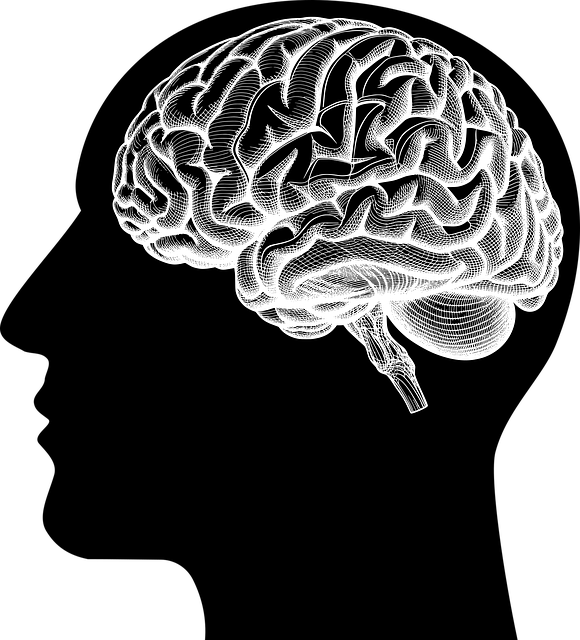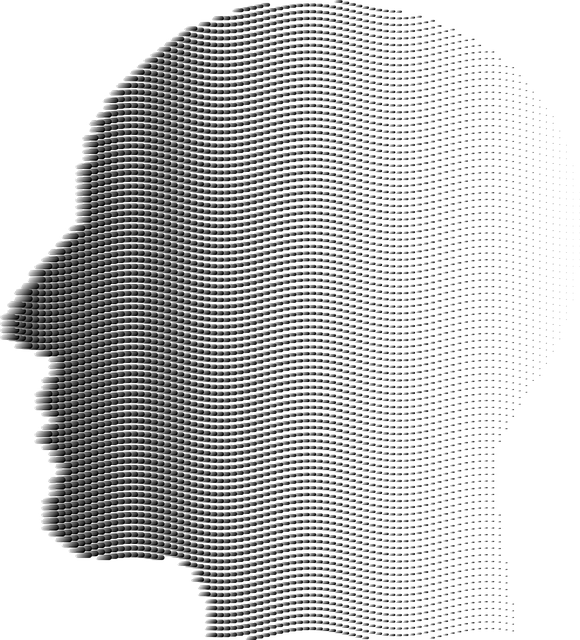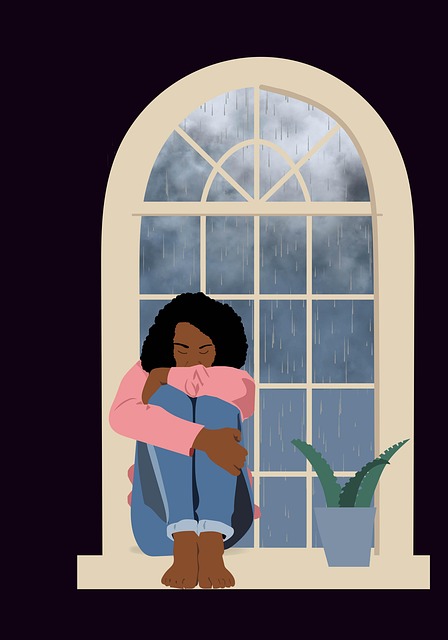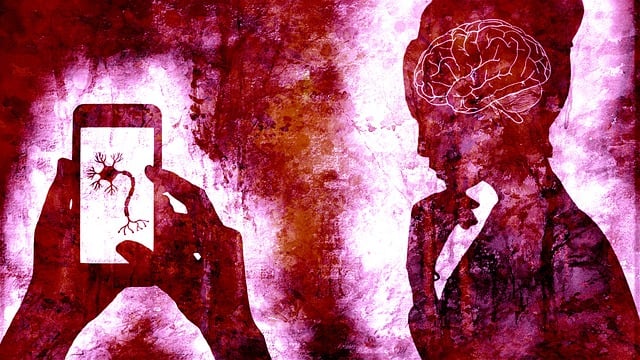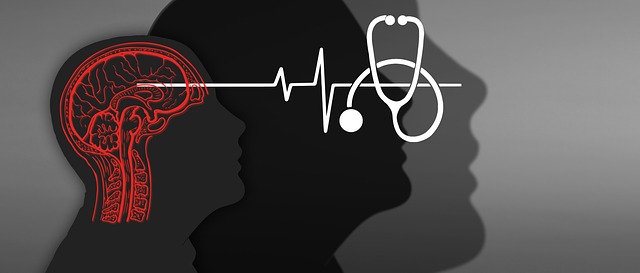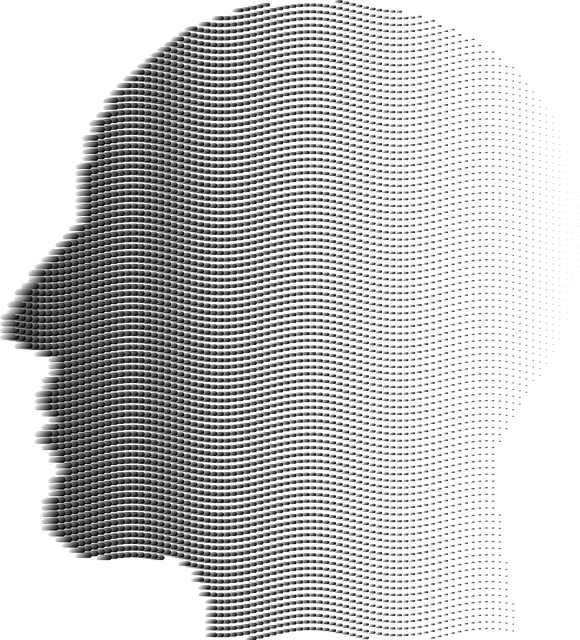In today's digital age, media representation of mental health conditions like Centennial Dissociative Disorder (CDD) significantly impacts public perception and can either perpetuate or challenge stigma. Accurate and sensitive portrayals in podcasts, films, and TV shows can destigmatize mental illness by normalizing conversations and inspiring hope through authentic storytelling. A collaborative approach involving healthcare professionals is crucial to creating balanced narratives that highlight effective treatments like Centennial Dissociative Disorder Therapy (CDDT), fostering understanding and positive changes in societal discourse on mental health.
In today’s digital age, media portrayal of mental illness significantly influences public perception. This article delves into the complex issue of mental health representation in media, focusing on how stigmatization and stereotypes impact individuals living with conditions like Centennial Dissociative Disorder (CDD). We explore strategies for accurate depictions and present a case study highlighting the transformative power of positive media representation through Centennial Dissociative Disorder Therapy. By challenging narratives, we aim to foster understanding and reduce the stigma surrounding mental health.
- Understanding Mental Illness Representation in Media
- The Impact of Stigmatization and Stereotypes
- Strategies for Accurate Portrayals: A Comprehensive Approach
- Centennial Dissociative Disorder Therapy: A Case Study for Positive Change
Understanding Mental Illness Representation in Media

In today’s digital era, media plays a pivotal role in shaping public understanding of mental health. Representation of mental illnesses in movies, television shows, and other forms of media can significantly influence societal perceptions and attitudes towards individuals living with conditions like Centennial Dissociative Disorder (CDD). Understanding these representations is crucial to challenging stigmatization and promoting empathy.
Media often portrays mental illness through stereotypical narratives or, conversely, offers nuanced and accurate portrayals that reflect the complexities of human experiences. Accurate representation encourages viewers to develop coping skills and emotional regulation strategies by normalizing conversations around mental wellness. For instance, a well-produced mental wellness podcast series can provide platforms for individuals to share their personal journeys, thereby destigmatizing mental health struggles and inspiring hope through authentic storytelling.
The Impact of Stigmatization and Stereotypes

The representation of mental illness in media has a profound impact on society’s perception and understanding of these conditions. Stigmatization and stereotypes often permeate through films, television shows, and news articles, contributing to the marginalization of individuals already facing challenges with their mental health. When media portrays mental disorders as rare, dramatic, or even exploitative, it reinforces the idea that such struggles are something to be ashamed of, deterring people from seeking help and support. This can be especially damaging for those experiencing less-known conditions, like Centennial Dissociative Disorder, which requires specialized therapy for effective management.
The media’s influence on public opinion is significant, shaping how viewers empathize and sympathize (or lack thereof) with those battling mental illness. Stereotypes often depict individuals as either heroic victims or dangerous criminals, ignoring the complex reality in between. By promoting these one-dimensional portrayals, media contributes to the isolation of people with mental health issues, hindering their path towards recovery and improved mental wellness. Anxiety relief and self-awareness exercises can only go so far without supportive media representations that challenge societal norms and encourage understanding and acceptance.
Strategies for Accurate Portrayals: A Comprehensive Approach

Creating accurate representations of mental illness in media requires a comprehensive approach that involves collaboration with experts, individuals living with these conditions, and diverse communities. To challenge stereotypes and promote understanding, media creators should prioritize authenticity by consulting with healthcare professionals like therapists specializing in Centennial Dissociative Disorder Therapy (and other relevant disorders). Incorporating real-life experiences and employing sensitive language can significantly reduce the stigma associated with mental illness.
Moreover, a balanced narrative that showcases both the challenges and victories of individuals managing these conditions is essential. By highlighting effective treatment methods, support systems like Trauma Support Services, and the development of inner strength, media can inspire hope and empathy. This shift in representation not only fosters Mental Illness Stigma Reduction Efforts but also encourages positive changes in public perception and understanding of mental health issues.
Centennial Dissociative Disorder Therapy: A Case Study for Positive Change

Centennial Dissociative Disorder Therapy (CDDT) presents a compelling case study for transforming how we approach mental illness representation in media. By focusing on individuals with dissociative disorders, CDDT offers a roadmap for more nuanced and empathetic storytelling. This therapeutic approach emphasizes the power of positive thinking and anxiety relief techniques tailored to the unique experiences of those affected. Through innovative methods, it not only aids in managing symptoms but also boosts confidence and fosters a sense of resilience.
By showcasing successful outcomes, CDDT challenges stereotypes and promotes understanding. It underscores the importance of accurate representation in media, encouraging stories that inspire hope rather than perpetuating stigmatizing narratives. This case study serves as a powerful tool for advocating positive changes in how mental health issues are portrayed, ultimately contributing to a more inclusive and supportive societal discourse.
Mental illness representation in media has a profound impact on societal perceptions and individual well-being. By challenging stigmatization and stereotypes through accurate and nuanced portrayals, we can foster understanding and empathy. As highlighted by the case study of Centennial Dissociative Disorder Therapy, positive change is achievable when media portrays mental health with complexity and care. Adopting a comprehensive approach that includes diverse perspectives and expert insights is crucial for creating a more inclusive and supportive narrative around mental illness in the digital age.


